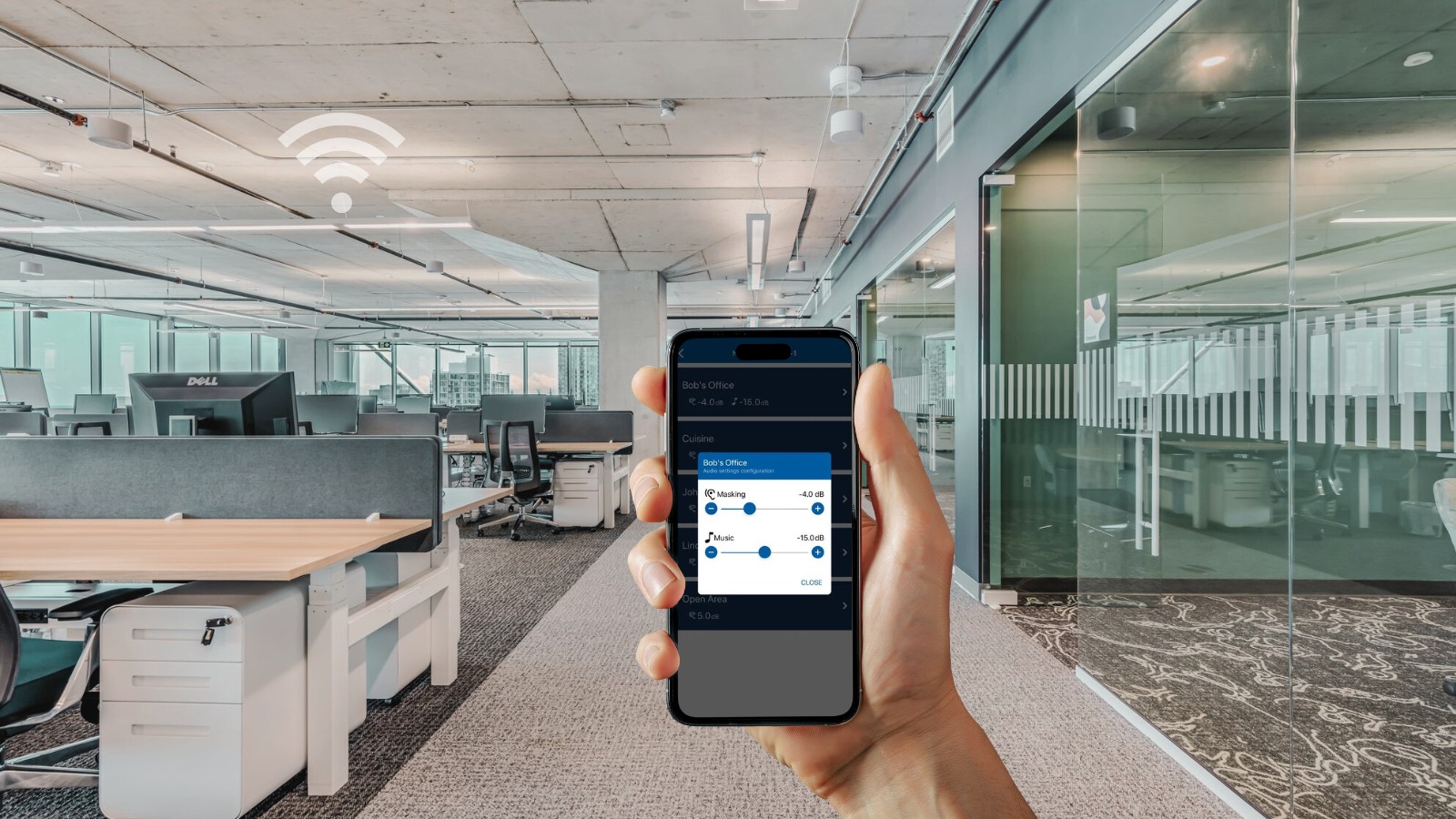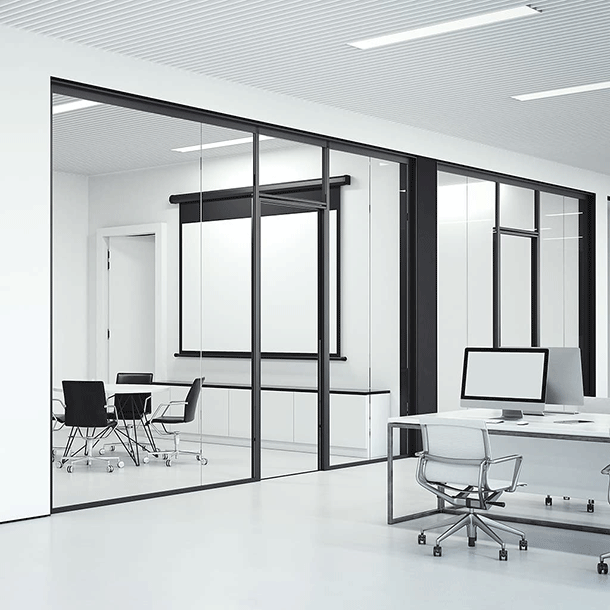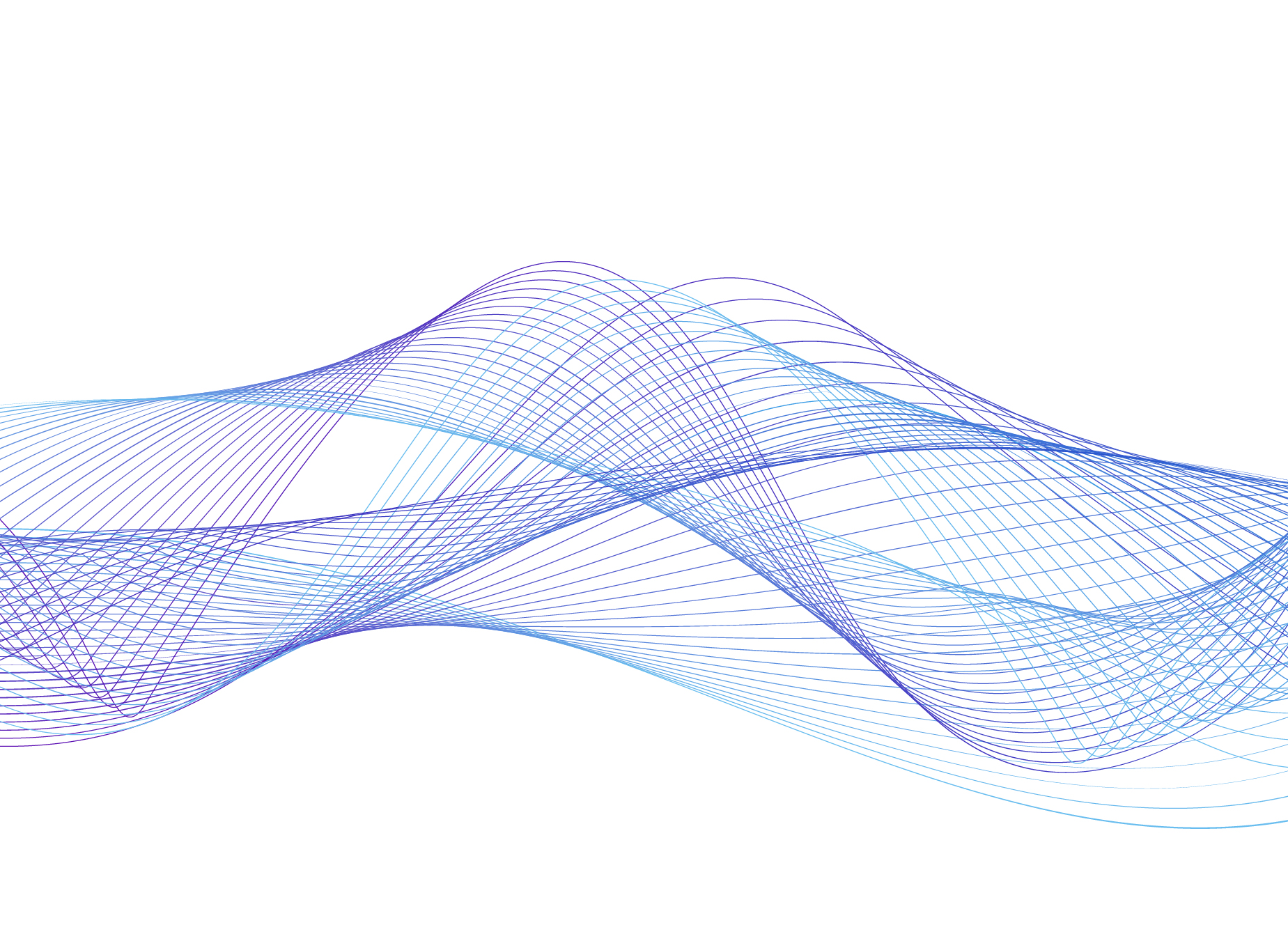The concept of a "smart office" is rapidly evolving. As office and facility managers strive to enhance productivity, employee satisfaction, and operational efficiency, embracing the latest smart office trends has become paramount. This article delves into the emerging trends in smart offices, highlighting the significance of sound masking systems and other technological advancements shaping workplace environments' future.
Emerging Trends in Smart Offices
1. IoT Integration
The Internet of Things (IoT) is revolutionizing the way offices operate. Smart devices and sensors are now commonplace, enabling real-time data collection and automation. From intelligent lighting systems that adjust based on natural light to HVAC systems that optimize energy consumption, IoT integration is enhancing both comfort and sustainability in office spaces.
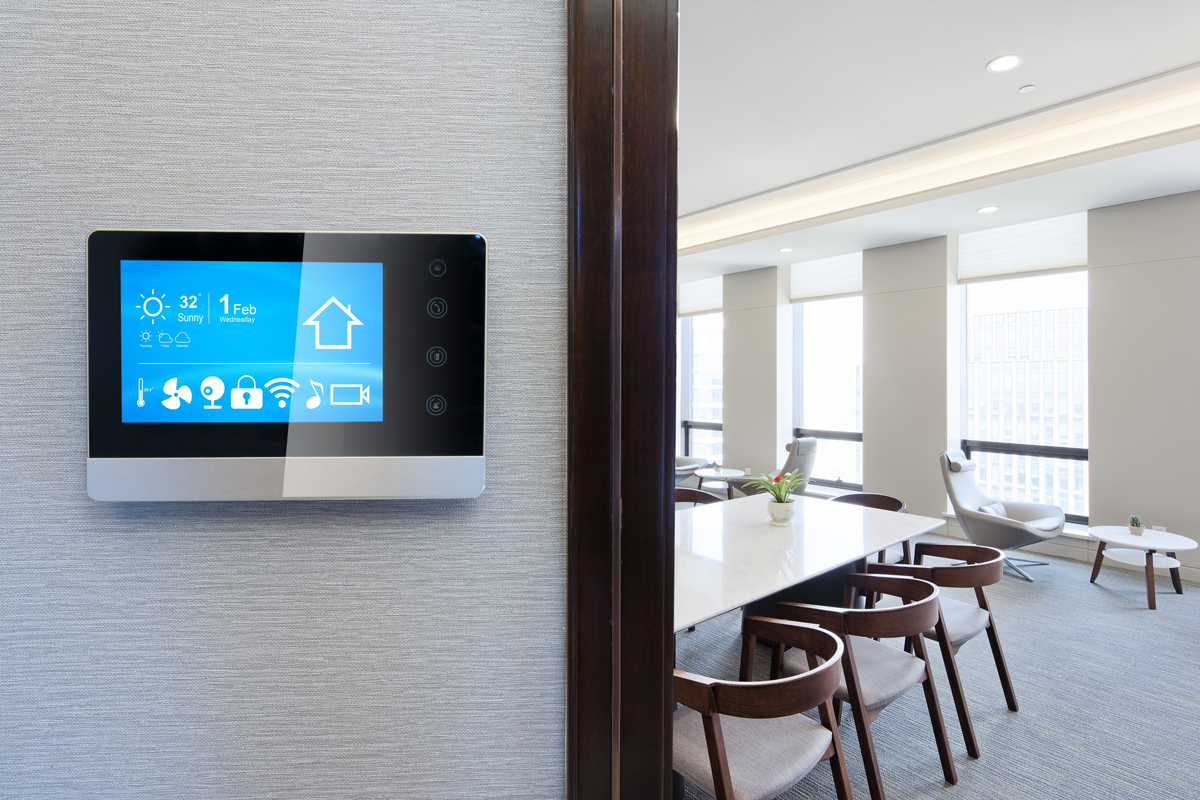
2. Flexible Workspaces
The demand for flexible workspaces is on the rise. Modern offices are moving away from rigid layouts to more adaptable environments. This includes the incorporation of hot-desking, co-working spaces, and modular furniture that can be easily reconfigured to meet changing needs. Flexibility fosters collaboration and accommodates the dynamic nature of today’s workforce.
3. Advanced Collaboration Tools
Collaboration is a cornerstone of modern business success. Smart offices are equipped with advanced collaboration tools such as video conferencing systems, interactive whiteboards, and cloud-based project management software. These technologies facilitate seamless communication, even in remote or hybrid work settings, ensuring teams stay connected and productive.
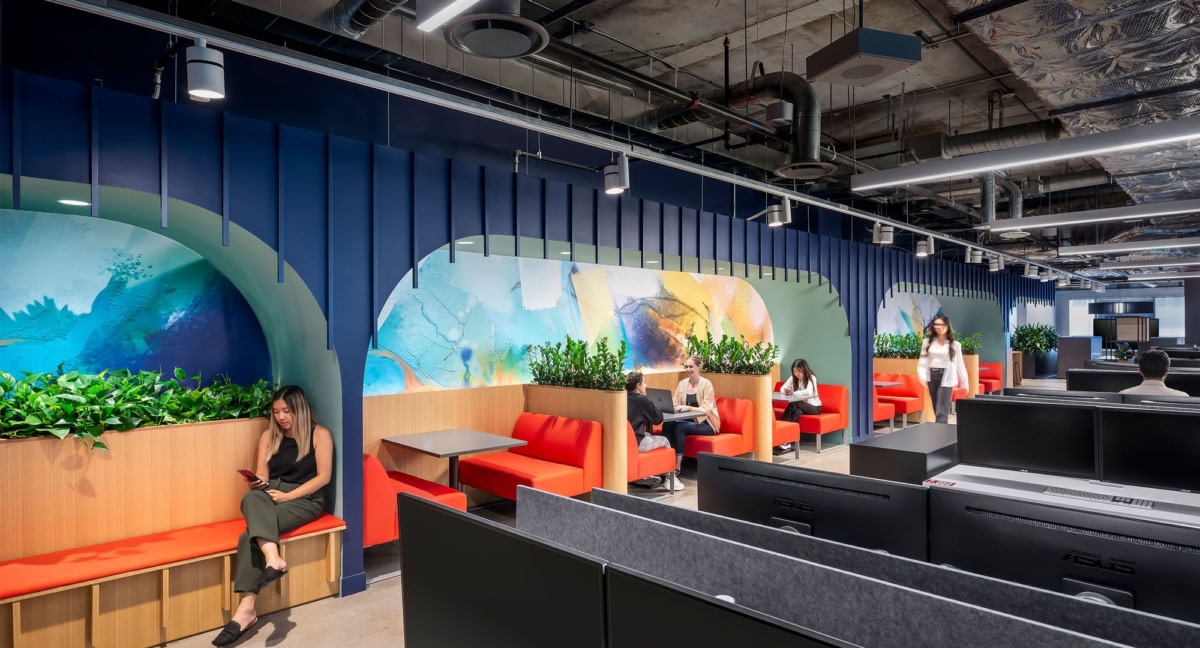
4. Health and Well-being Focus
Employee well-being is a top priority for forward-thinking organizations. Smart offices are integrating health-focused features like air quality monitoring, ergonomic furniture, and wellness rooms. These enhancements not only promote physical health but also contribute to mental well-being, resulting in a more engaged and satisfied workforce.
5. Sustainability Initiatives
Sustainability is no longer a buzzword but a critical consideration in office design. Smart offices are incorporating eco-friendly materials, energy-efficient systems, and waste-reduction strategies. Green building certifications like LEED (Leadership in Energy and Environmental Design) or WELL are becoming standard, reflecting a commitment to environmental responsibility.
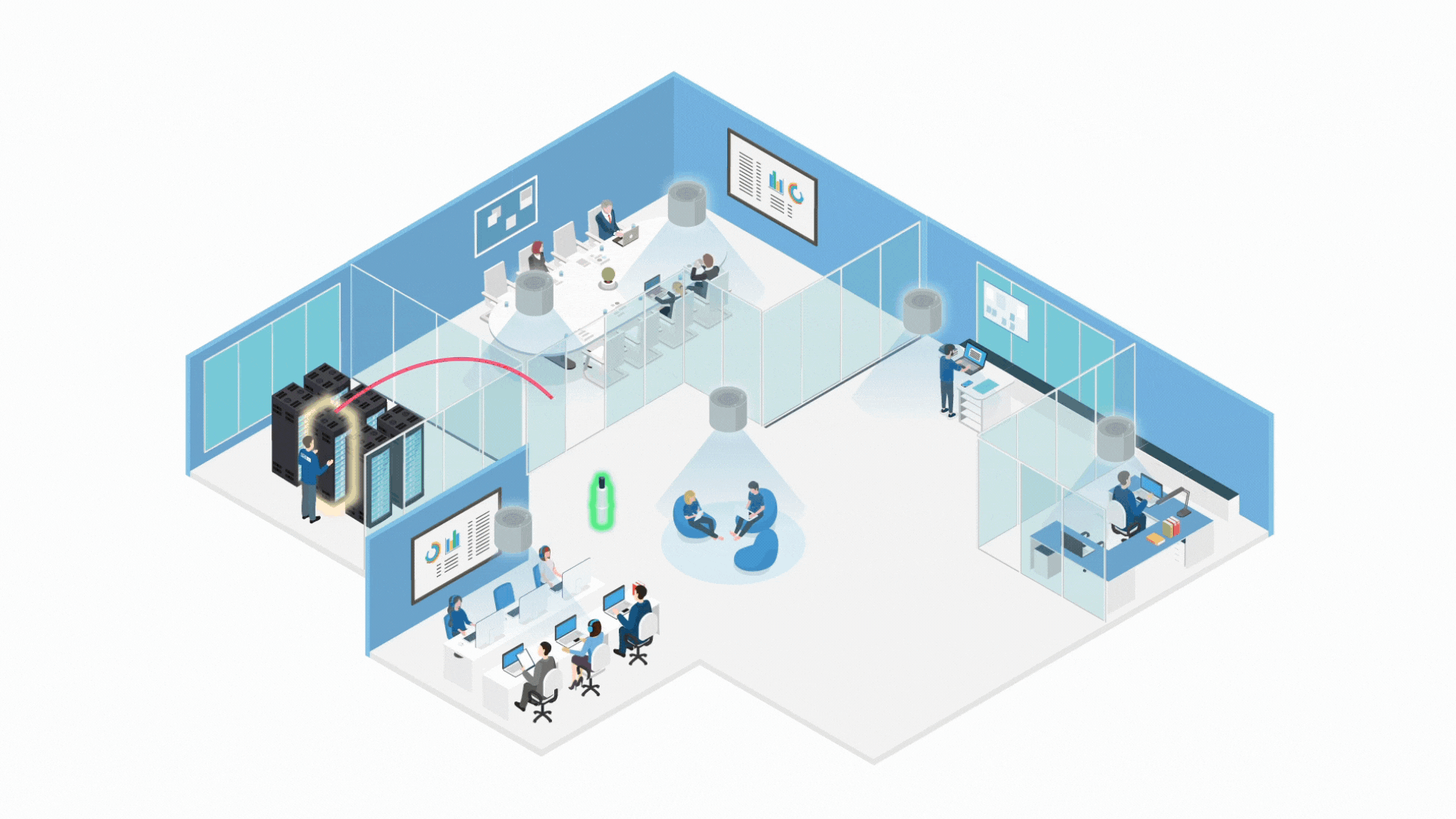
The Role of Sound Masking Systems
A key component in the smart office of the future is the implementation of sound masking systems. These systems mask unwanted sounds and integrate seamlessly with other smart office trends to create an optimized work environment.
Integration with Smart Office Trends:
- IoT Integration: Sound masking systems can be integrated with IoT devices to automatically adjust sound levels based on office occupancy and noise levels, enhancing the overall acoustic environment.
- Flexible Workspaces: As office layouts become more dynamic, sound masking ensures that privacy and noise control are maintained across various configurations, from open spaces to private areas.
- Advanced Collaboration Tools: In office spaces equipped with video conferencing, sound masking reduces the distraction of conversations from those in the video conference, making it less disruptive for others in the surrounding areas.
- Health and Well-being Focus: By creating a consistent ambient sound, sound masking reduces stress and enhances concentration, contributing to the mental well-being of employees.
- Sustainability Initiatives: Sound masking systems are energy-efficient and can be integrated with sustainable office designs, complementing eco-friendly practices without compromising on performance, and also can help achieve LEED and WELL certifications. Furthermore, Soft dB complies with the RoHS European directive on hazardous material and adheres to the principle of the Directives on Waste Electrical and Electronic Equipment (WEEE) of the European Commission.
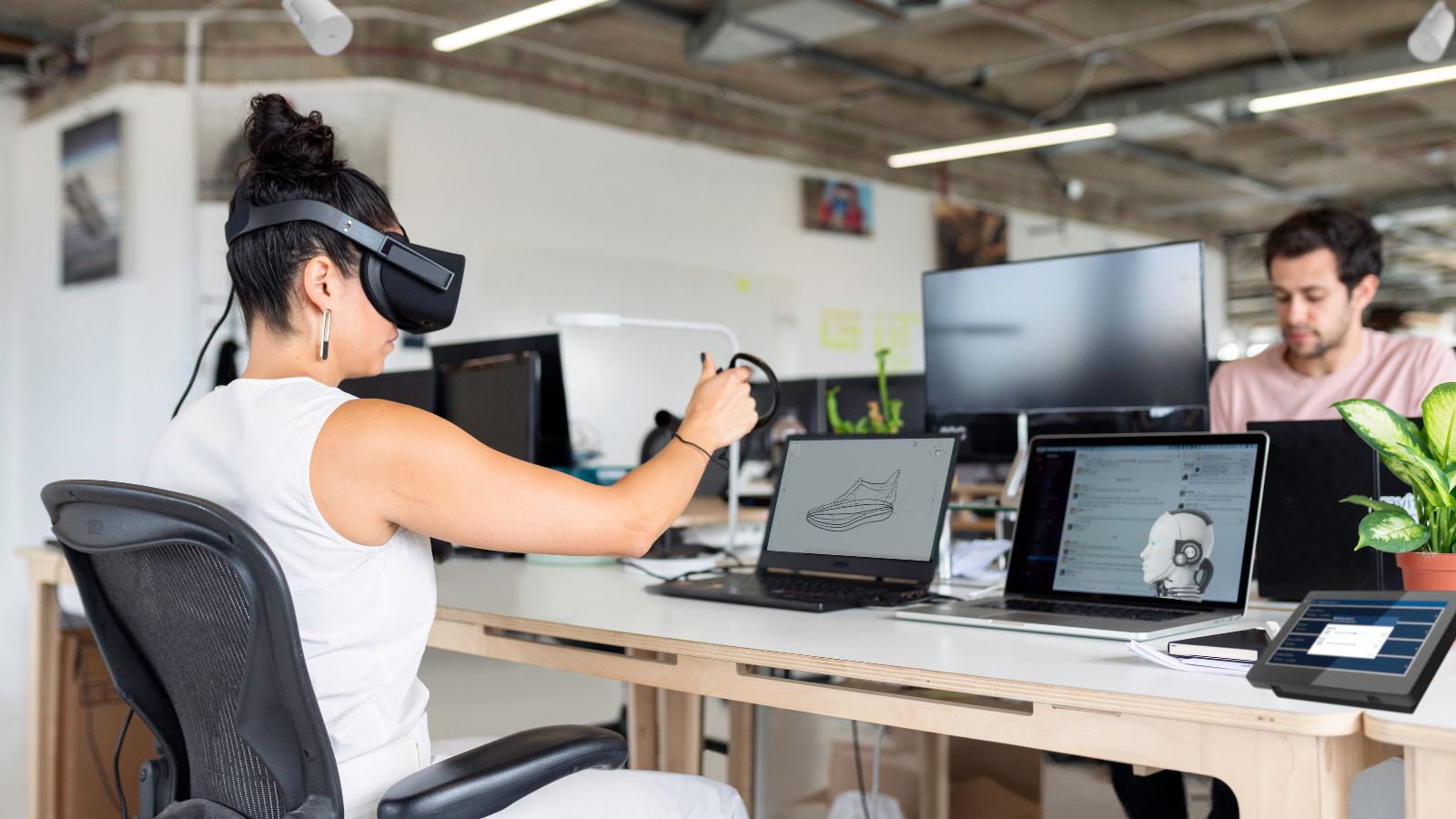
Looking Ahead: What’s Next for Smart Offices?
As technology continues to advance, the future of smart offices looks promising. Here are some innovations on the horizon:
1. AI and Machine Learning: Artificial intelligence and machine learning will play a significant role in the smart office ecosystem. Predictive analytics will optimize resource management, from energy use to space utilization. AI-powered personal assistants will help streamline workflows and enhance productivity.
2. Augmented Reality (AR) and Virtual Reality (VR): AR and VR technologies are set to transform training, collaboration, and design processes in offices. Virtual meetings and augmented workspaces will become more commonplace, offering immersive experiences that bridge physical and digital work environments.
3. Biophilic Design: Incorporating natural elements into office design, known as biophilic design, will gain traction. This trend not only improves aesthetics but also enhances employee well-being and productivity by fostering a connection with nature.
4. Smart Furniture: Furniture embedded with smart technology, such as adjustable desks that remember individual preferences and chairs that provide posture feedback, will become standard. These innovations will contribute to a more ergonomic and personalized workspace.
In conclusion, smart offices are not just a trend but the future of workplace design. By embracing IoT, flexible workspaces, advanced collaboration tools, health-focused features, and sustainability initiatives, office and facility managers can create environments that foster productivity and well-being. Additionally, the strategic use of sound masking systems plays a pivotal role in enhancing acoustic comfort, ensuring that the modern office is as efficient as it is comfortable. As we look ahead, AI, AR/VR, biophilic design, and smart furniture will continue to shape the evolution of smart offices, setting new standards for the workspaces of tomorrow.
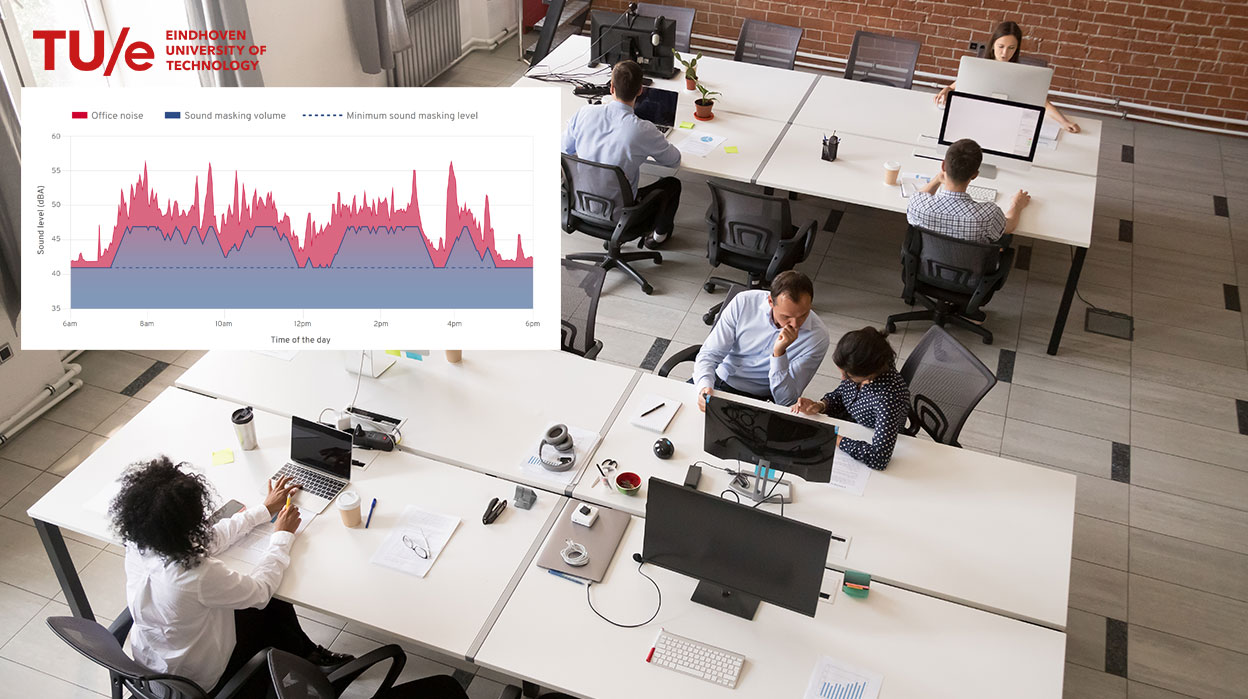
New Study Reveals Key Benefits of Adaptive Sound Masking for Workplaces
A groundbreaking scientific study conducted by Eindhoven University of Technology in the Netherlands sheds light on an innovative solution: adaptive volume sound masking. This technology stands out as a pivotal development in enhancing office acoustics and promoting a healthier, more productive workplace atmosphere.
